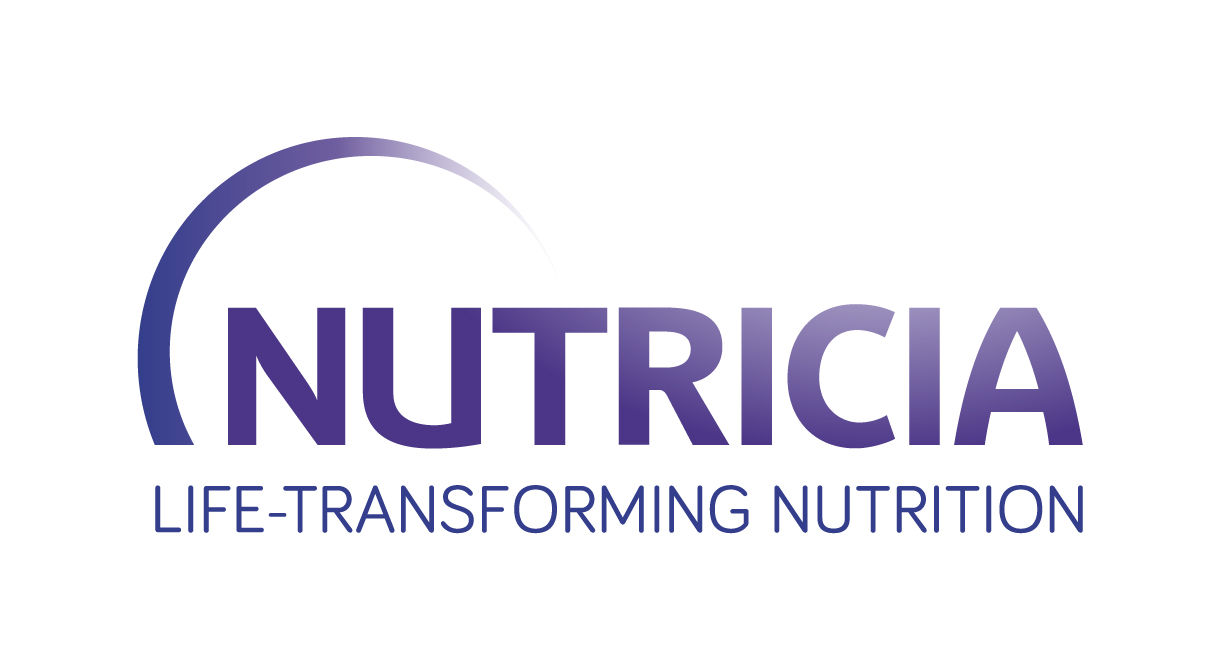Evidence of postbiotics
There is increasing evidence to suggest that nutrition can impact both short- and long-term health outcomes by influencing the gut microbiota, shaping the development of both the gut and the immune system.
Also evidence of specific postbiotics has been shown to have a positive effect on the gut microbiota and immune system. More specifically, research showed that baby formula with postbiotics (in combination with prebiotics) can impact the composition of the infant’s gut microbiota leading to a higher proportion of good bacteria in the gut, reducing the incidence of gastro-intestinal infections and colics in infants.
These benefits suggest that postbiotics may confer a health benefit to the infants by supporting specific physiological functions, even though the exact mechanisms require more research1.
Perspectives for applications in nutrition
The gut and immune system develops rapidly throughout the first 1,000 days, as babies move from a protected environment to one where they are exposed to lots of immune challenges.
For those infants who are not able to be (fully) breastfed, infant formula strives to more closely resemble the composition and functionality of human milk, by adding probiotics, prebiotics, synbiotics, and/or postbiotics or a combination thereafter’, providing gut and immune benefits amongst others.
Nutricia is at the forefront of breastmilk research, committed to increasing the understanding of its unique composition, power and influence on early life development. Because of this pioneering research, babies who are combination-fed, or who receive formula exclusively, can continue to benefit from innovations such as prebiotics and postbiotics to promote the development of a healthy and diverse gut microbiota.





